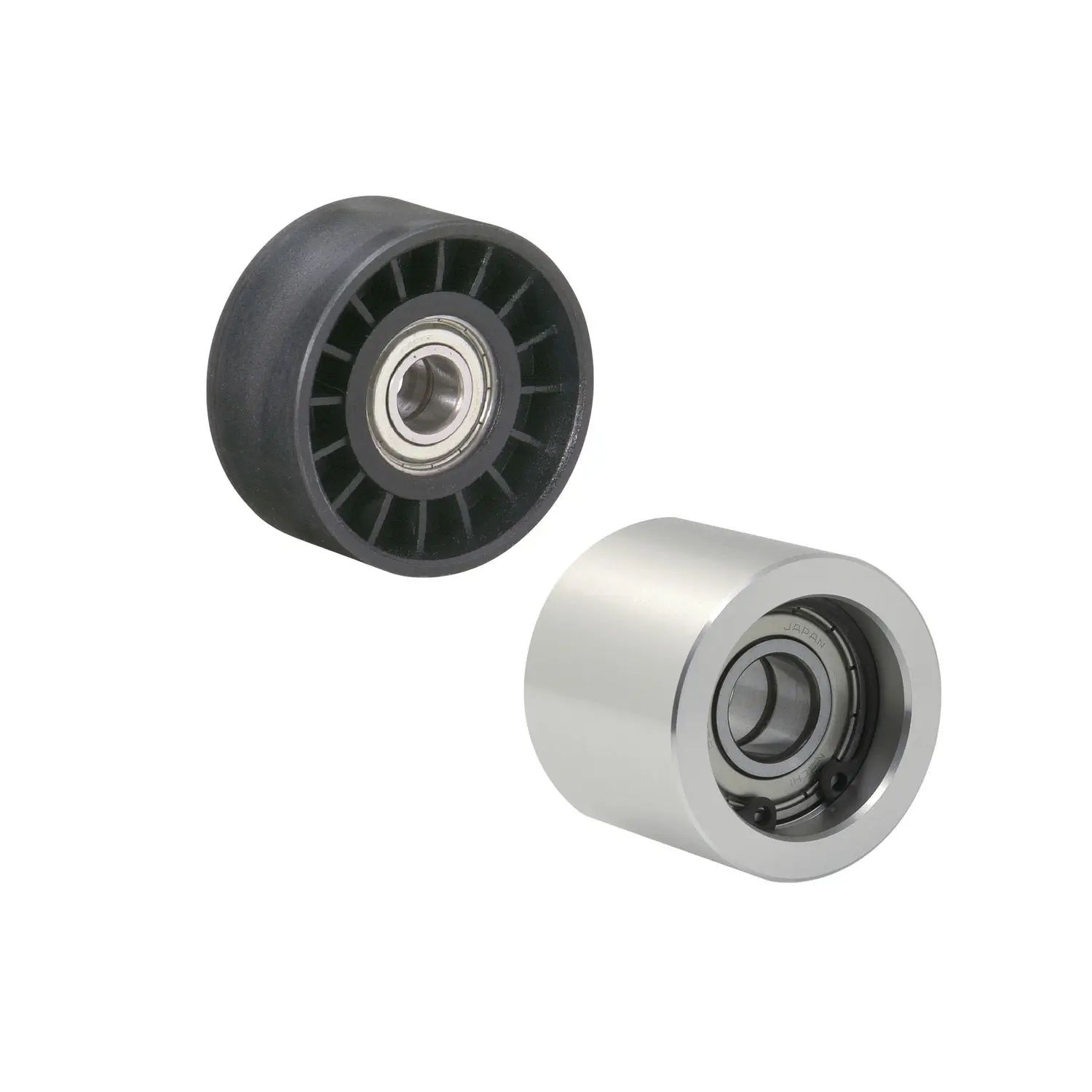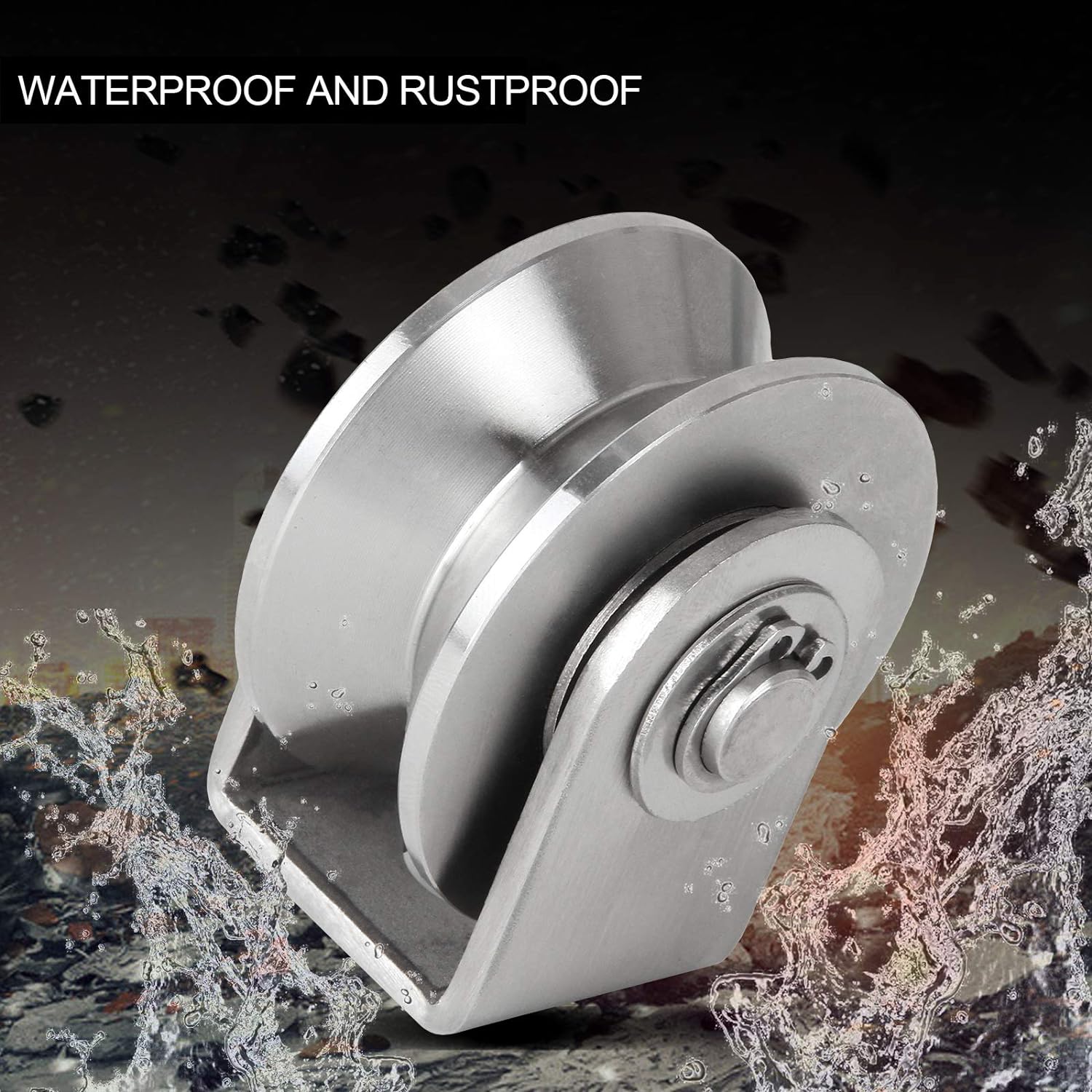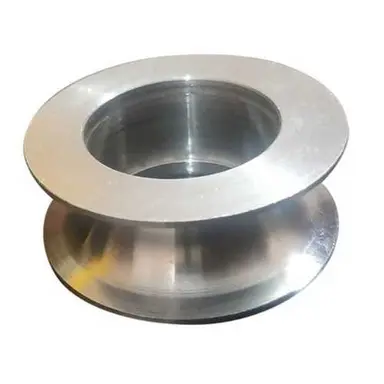Product Description
Idler Pulley, Idler Roller for Benz Sprinter (OEM 05712)
| OEM Number |
057120019
|
| For Car Model |
901-904 906
|
| Delivery Time |
1-5days for stock items;
15-30days for the items need produced. |
| Payment |
T/T , Western Union , MoneyGram , L/C , Cash |
| Shippment |
DHL, Fedex,TNT,UPS, By Sea, By Air. |
| Warranty |
12 Months for Frey Brand products |
| Certificate |
ISO9001,TS16949 |
Our Advantages:
. Brand Quality and Guarantee
. Large Stocks and Quick Delivery
. Small Quantity can be accepted
| MAIN BUSINESS OF OUR COMPANY |
| For Mercedes-Benz |
A class:W168 W169 |
| C class:W201,W202,W203,W204. |
| E class:W123,W124,W210,W211.W212. |
| S class:W126,W140,W220,W221. |
| GLK class:X204. |
| M class:W163,W164,X164. |
| R class:W251. |
| For Sprinter901 902 903 904 |
208CDI.210CDI.308CDI.312CDI.313CDI,314CDI.
408CDI.411CDI.413CDI.418CDI. |
| For Sprinter 906 |
309CDI,316CDI,318CDI,413CDI,416CDI,
509CDI,513CDI,518CDI.519CDI. |
| For Mercedes-Benz Vito |
W638 W639 |
| For Mercedes-Benz bus |
207 208,308,410,609 814 |
| For BMW |
1-E81,E87,E88 |
| 3-E36,E46,E90,E91,F30,F35 |
| 5-E34,E39,E60,E61,F10,F18 |
| 6-E63,E64 |
| 7-E38,E65,E66,F01,F02 |
| X5-E53,E70 |
| X6-E71 |
| For Volkswagen |
PASSAT B3/B4/B5/GOLF2/GOLF3/GOLF4/TOURAGE/T4/T5 |
| For AUDI |
AUDI 100/C4/AD80/A4/A6/A8/Q5/Q7 |
| For Ford Transit |
1986Y’—1992Y’; 1986Y’—2000Y’; 2001Y’-UP |
| Other car model parts |
Volo S40,S70,S80,XC70,XC90. |
/* January 22, 2571 19:08:37 */!function(){function s(e,r){var a,o={};try{e&&e.split(“,”).forEach(function(e,t){e&&(a=e.match(/(.*?):(.*)$/))&&1
| After-sales Service: |
1 Year |
| Warranty: |
1 Year |
| Car Make: |
Mercedes Benz |
| Component: |
Radiator |
| Body Material: |
Iron |
| Cold Style: |
Water-cooled |

Are there different types of roller pulleys, and how do they vary in applications?
Yes, there are different types of roller pulleys that vary in their design, construction, and applications. These variations allow roller pulleys to be tailored to specific material handling requirements. Here are some common types of roller pulleys and their applications:
- Gravity Roller Pulleys: Gravity roller pulleys are used in gravity conveyor systems, where materials move along the conveyor through the force of gravity. These pulleys typically have a series of cylindrical rollers that are evenly spaced and positioned at a slight decline. Gravity roller pulleys are commonly employed in applications where lightweight or non-powered materials, such as cartons, packages, or loose items, need to be transported.
- Powered Roller Pulleys: Powered roller pulleys are utilized in powered conveyor systems, where external power sources, such as motors or engines, drive the movement of the conveyor belt. These pulleys are usually motor-driven and contribute to the propulsion of the belt, providing the necessary force to transport materials. Powered roller pulleys are suitable for handling heavier loads, bulk materials, or items that require controlled movement and precise positioning.
- Tapered Roller Pulleys: Tapered roller pulleys have conical-shaped rollers that gradually decrease in diameter from one end to the other. The tapered design allows for smooth and controlled material flow. These pulleys are often used in applications where there is a need to merge or divert materials from one conveyor line to another. The tapered shape of the rollers facilitates the gradual adjustment of the material’s direction, ensuring accurate sorting and distribution.
- Idler Roller Pulleys: Idler roller pulleys are used as support rollers to maintain tension and alignment in conveyor systems. These pulleys are not motor-driven and are typically positioned in areas where the belt changes direction or wraps around other components. Idler roller pulleys help reduce belt sagging, maintain proper belt tension, and prevent misalignment, ensuring smooth operation and extending the life of the conveyor belt.
- Grooved Roller Pulleys: Grooved roller pulleys have specially designed grooves or channels on the surface of the rollers. These grooves provide better traction and grip on the conveyor belt, preventing slippage and ensuring reliable material transportation. Grooved roller pulleys are commonly used in applications where there is a need to move materials at an incline or decline, or when handling materials with high friction properties.
- Impact Roller Pulleys: Impact roller pulleys are designed to withstand the impact and shock caused by heavy or abrasive materials. These pulleys have reinforced construction and are often equipped with rubber discs or shock-absorbing components to minimize the damage caused by the impact of materials during loading or unloading. Impact roller pulleys are commonly used in applications such as mining, quarrying, or industries involving heavy-duty material handling.
These are just a few examples of the different types of roller pulleys available. Each type offers specific features and advantages tailored to different material handling applications. It’s important to select the appropriate type of roller pulley based on factors such as load capacity, material characteristics, conveyor layout, and operational requirements to ensure optimal performance and efficiency in material handling operations.

What is the significance of proper roller spacing and alignment in roller pulley systems?
Proper roller spacing and alignment in roller pulley systems are of significant importance for the smooth and efficient operation of conveyor systems. Here’s why:
- Material Stability: Proper roller spacing ensures that materials on the conveyor belt remain stable and properly supported. When the rollers are appropriately spaced, the weight of the materials is evenly distributed, minimizing the risk of material spillage or uneven loading. This improves the overall stability of the conveyed items, reducing the chances of jams, blockages, or damage during transportation.
- Belt Support: Correct roller spacing provides adequate support to the conveyor belt. Insufficient roller spacing can result in excessive sagging or stretching of the belt, leading to increased friction, wear, and potential belt misalignment. On the other hand, excessive roller spacing can cause the belt to become taut, leading to increased tension and potential damage. Proper roller spacing ensures optimal belt support, contributing to its longevity and reliable performance.
- Prevention of Material Buildup: Incorrect roller spacing can result in material buildup between the rollers or along the edges of the belt. This buildup can cause material accumulation, belt slippage, or even belt damage. By maintaining proper roller spacing, the risk of material buildup is minimized, ensuring smooth material flow and preventing operational disruptions.
- Belt Tracking: Proper roller alignment plays a crucial role in belt tracking. Misaligned rollers can cause the belt to veer off-course, leading to belt mistracking, potential damage, and increased wear. Well-aligned rollers promote consistent belt tracking, ensuring that the belt stays centered and properly guided along the conveyor path.
- Reduced Friction and Wear: When roller pulleys are correctly aligned, the contact between the belt and the rollers is optimized, reducing friction and wear. Misaligned rollers can cause the belt to rub against the edges or surfaces of the pulleys, resulting in increased friction, heat generation, and accelerated belt wear. Proper roller alignment minimizes these issues, extending the lifespan of the belt and reducing maintenance requirements.
- System Efficiency: Proper roller spacing and alignment contribute to the overall efficiency of the conveyor system. When materials flow smoothly, without jams or interruptions caused by improper spacing or misaligned rollers, the system can operate at its designed capacity. This improves productivity, reduces downtime, and enhances the overall performance of the material handling process.
In summary, proper roller spacing and alignment are critical for maintaining material stability, providing adequate belt support, preventing material buildup, ensuring proper belt tracking, reducing friction and wear, and enhancing the efficiency of roller pulley systems. Regular inspection and adjustment of roller spacing and alignment are essential maintenance practices to optimize the performance and reliability of conveyor systems.

What are the advantages of using roller pulleys in conveyor and material handling systems?
Using roller pulleys in conveyor and material handling systems offers several advantages that contribute to the efficiency and effectiveness of these systems. Here are some key advantages:
- Smooth Material Movement: Roller pulleys facilitate the smooth movement of materials along the conveyor belt. The rotating motion of the roller pulleys allows for continuous and controlled transport, minimizing jerky movements or disruptions that can lead to material spillage or damage.
- Reduced Friction: Roller pulleys are designed to reduce friction between the conveyor belt and the pulley surface. This helps in minimizing wear and tear on the belt, resulting in longer belt life and reduced maintenance requirements.
- Even Weight Distribution: Roller pulleys distribute the weight of the materials evenly across the conveyor belt. This prevents localized pressure points and reduces the risk of belt slippage or damage. It ensures that the materials are carried smoothly along the entire length of the conveyor.
- Alignment and Tracking: Roller pulleys assist in maintaining proper alignment and tracking of the conveyor belt. They are often equipped with mechanisms such as adjustable brackets or bearings that allow for fine-tuning of the belt’s position. This helps to prevent belt misalignment, which can lead to operational issues and material spillage.
- Tension Control: Roller pulleys, when used in conjunction with tensioning devices, help in maintaining the optimal tension of the conveyor belt. Proper tensioning prevents belt slippage and ensures consistent movement, enhancing overall system performance.
- Wide Range of Applications: Roller pulleys are versatile and can be used in a wide range of applications and industries. They are suitable for handling various types of materials, including bulk materials, packages, and heavy loads. Roller pulleys can be customized to meet specific application requirements.
- Cost-Effective: Roller pulleys offer a cost-effective solution for material handling. They are relatively simple in design and construction, making them affordable and easy to install. Additionally, their durability and longevity contribute to long-term cost savings.
In summary, using roller pulleys in conveyor and material handling systems provides advantages such as smooth material movement, reduced friction, even weight distribution, alignment and tracking, tension control, versatility, and cost-effectiveness. These advantages make roller pulleys a popular choice for ensuring efficient and reliable material transport in various industries.


editor by CX




